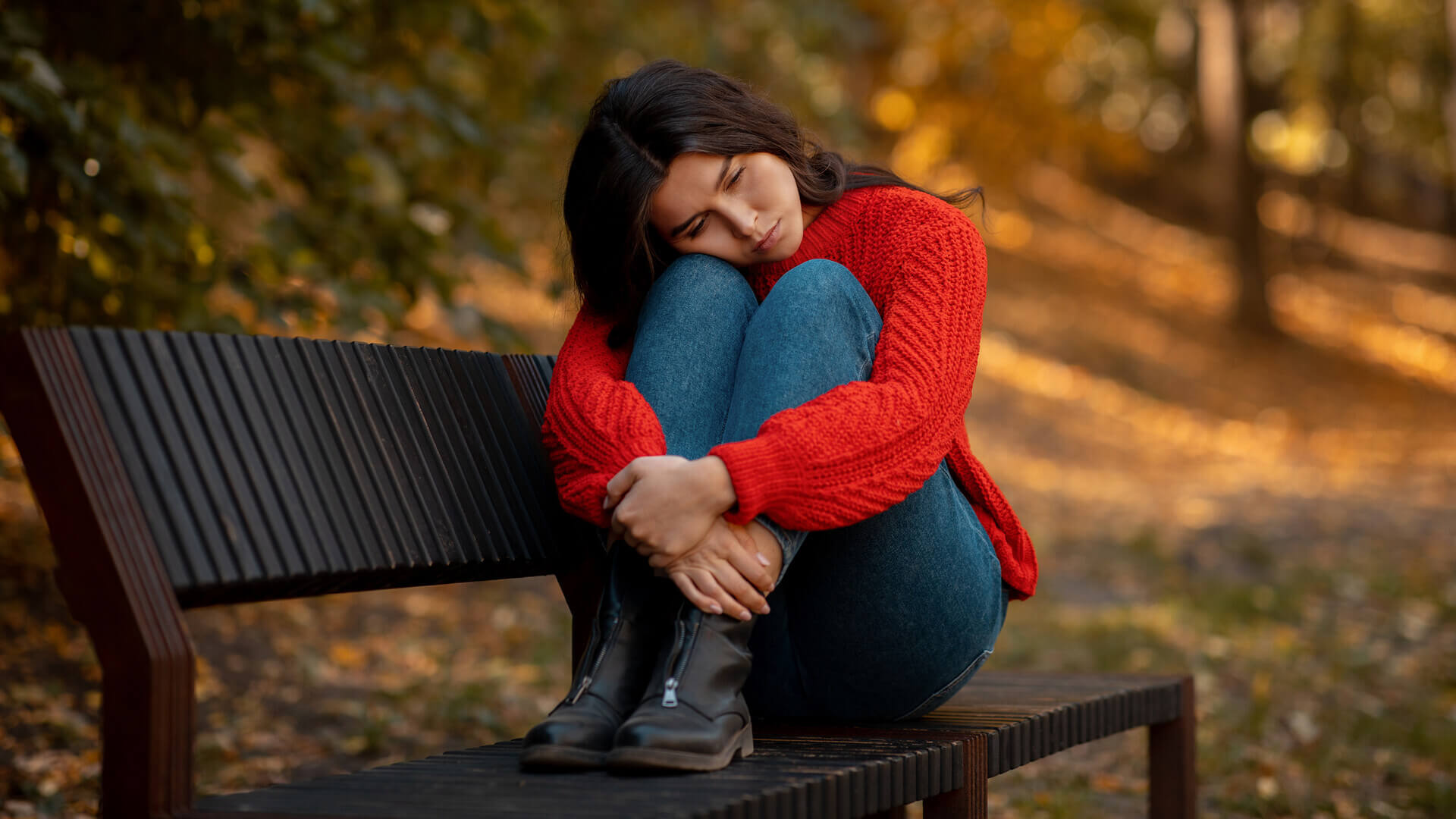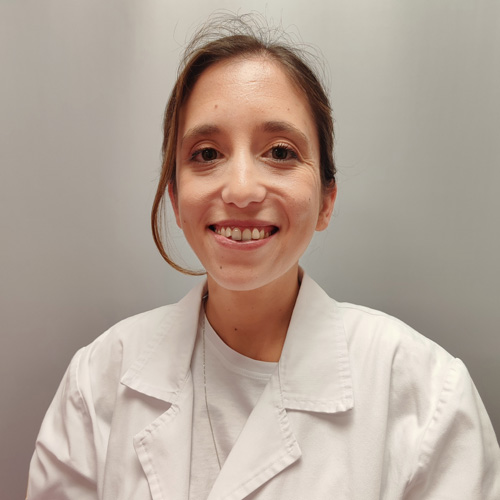In the months when days get shorter and sunlight decreases, many people feel more fatigue and less energy. However, in some cases, this impact can develop into a condition called seasonal affective disorder — a type of depression that recurs at certain times of the year and has a major effect on wellbeing and quality of life. Persistent fatigue, mood swings and sleep disorders are some of the most common signs. In this article, we explain what seasonal affective disorder is, how to identify the symptoms and when you should seek medical help.
What is seasonal affective disorder?
Seasonal Affective Disorder (SAD) usually occurs in autumn and winter, when daylight decreases, although it can also happen at other times of the year.
This condition is not a “seasonal melancholy”, and can significantly affect wellbeing, interfering with sleep, appetite, energy and mood. Specialists like the psychiatrist Nassir Ghaemi note that seasonal affective disorder shares characteristics with atypical depression — tendency to sleep more, larger appetite (especially for carbohydrates) and persistent fatigue — and, in some cases it may be related to bipolar disorder, especially type II.





